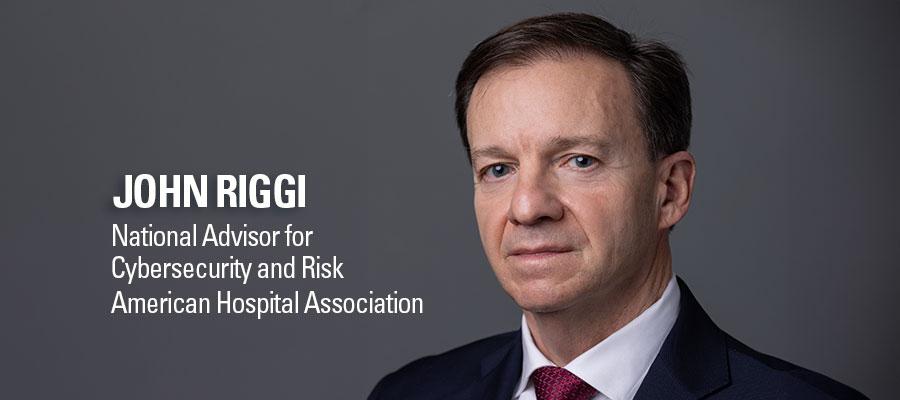AHA blog: How to prepare for third-party cyber risk

In his latest AHA Cyber Intel blog, John Riggi, AHA national advisor for cybersecurity and risk, explains why cybercriminals are shifting from directly targeting hospitals to hitting the third-party technology and service providers critical to supporting hospitals’ clinical care. He highlights four key strategies to help hospitals and health systems strengthen their third-party risk management program against the debilitating effects of the next, inevitable Change Healthcare-like cyberattack. READ MORE
Related News Articles
Headline
The Cybersecurity and Infrastructure Security Agency Dec. 11 released an update to its voluntary Cybersecurity Performance Goals, which includes measurable…
Headline
U.S. and international agencies are warning of potential cyberattacks on health care and other critical infrastructure from state-sponsored cyber actors in…
Headline
A critical, unauthenticated remote code execution vulnerability known as React2Shell has been added to the Cybersecurity and Infrastructure Security Agency’s…
Headline
The FBI has public resources available to help prevent exploitation by cybercriminals, who use artificial intelligence for deception. An infographic by the FBI…
Headline
A critical vulnerability has been identified in 7-Zip, a free software program used for archiving data, according to the National Institute of Standards and…
Headline
U.S. and international agencies Nov. 19 released a guide on mitigating potential cybercrimes from bulletproof hosting providers. A BPH provider is an internet…

